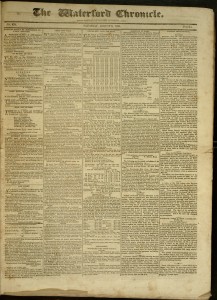Villanovans, Gain Complimentary Access to the New York Times, Courtesy of Villanova
How good is the sequel novel to The Handmaid’s Tale?* What writing routines does your favorite writer practice?** Discover all of this and more with complimentary access to The New York Times, courtesy of Villanova University.
Connect to the people, places, and topics that matter most with unlimited news, videos, and multimedia; anytime, anywhere.
To activate access:
- Visit AccessNYT.com.
- Create a NYTimes.com account using your school email address.
- Download your free NYT mobile app. Visit nytimes.com/mobile
* Based on early reviews, very good. In fact, The Testaments has been shortlisted for the Booker Prize and is poised to shake up the bestseller lists. A book three decades in the writing appears to have been worth the wait.
** Colson Whitehead, author of The Nickel Boys, sets a goal of writing about eight pages a week. But he says that he doesn’t accomplish it by writing every day.
 Shawn Proctor, MFA, Communication and Marketing Program Manager at Falvey Memorial Library, finally read The Handmaid’s Tale two years ago, only weeks before the Hulu Original show premiered.
Shawn Proctor, MFA, Communication and Marketing Program Manager at Falvey Memorial Library, finally read The Handmaid’s Tale two years ago, only weeks before the Hulu Original show premiered.
